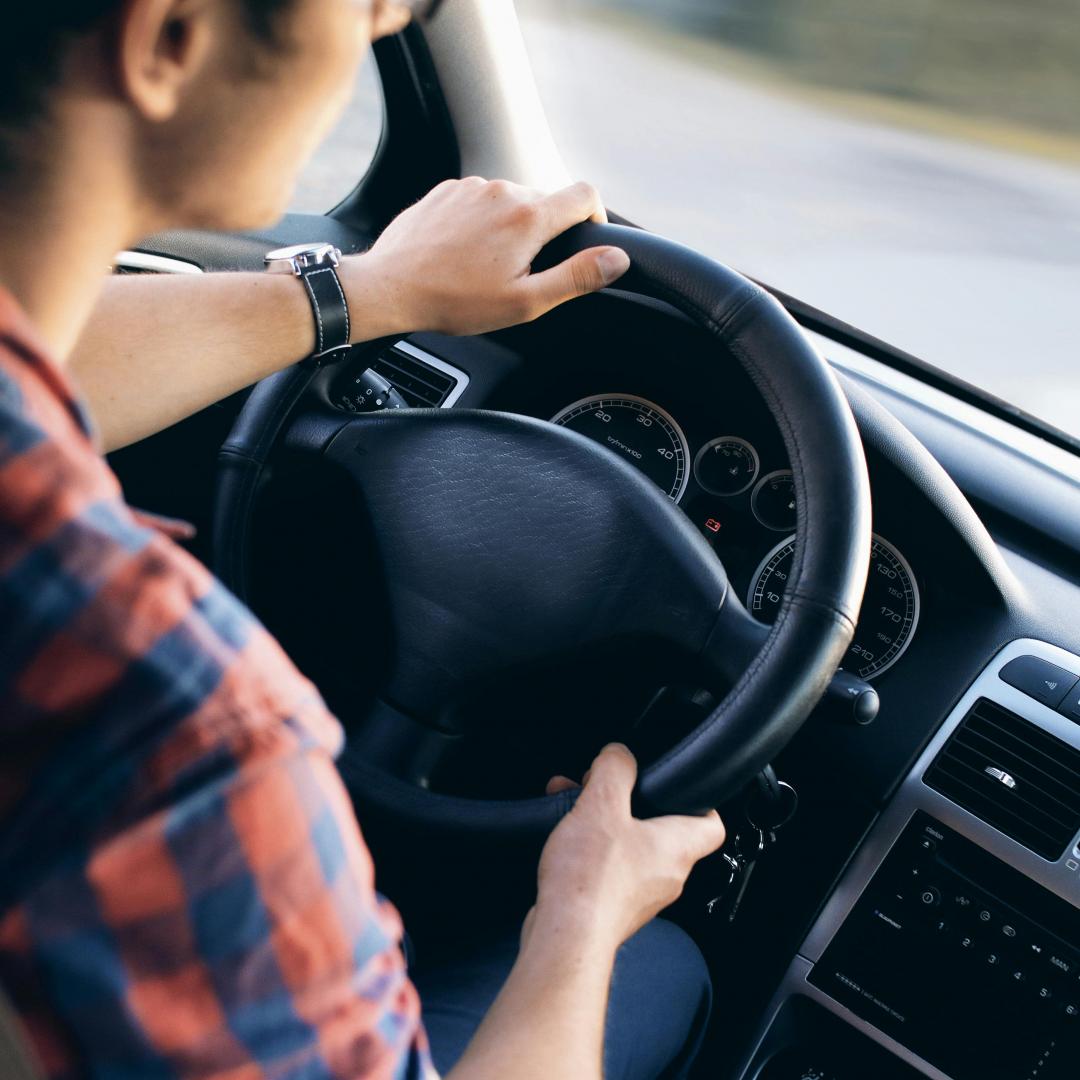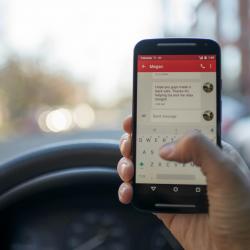How to Avoid Common Driving Mistakes That Lead to Accidents
Driving is an essential skill that offers convenience and mobility but also comes with significant responsibility. Every year, millions of road accidents occur worldwide, many of which are preventable. Understanding and avoiding common driving mistakes can significantly reduce the risk of accidents, ensuring safety for you, your passengers, and other road users. This article highlights some of the most frequent driving errors and offers practical advice on how to avoid them.
- Distracted Driving
Distracted driving is one of the leading causes of road accidents. It includes activities such as texting, eating, adjusting the radio, or anything that takes your attention away from the road. To avoid distractions:
- Put Away Mobile Devices: Use apps that block calls and texts while driving. If you must use your phone, pull over safely before doing so.
- Prepare Before You Drive: Adjust your mirrors, seat, and climate controls before you hit the road.
- Stay Focused: Keep your attention on driving. If you need to attend to something, safely pull over.
- Speeding
Exceeding the speed limit is a common mistake that reduces your ability to react to sudden changes in traffic conditions. To avoid speeding:
- Know the Limits: Be aware of speed limits in different areas and adhere to them.
- Plan Your Journey: Allow extra time for your trips to avoid the temptation to speed.
- Use Cruise Control: On highways, use cruise control to maintain a consistent speed and reduce the risk of speeding.
- Ignoring Traffic Signals and Signs
Traffic signals and signs are designed to manage the flow of traffic and keep everyone safe. Ignoring them can lead to dangerous situations. To prevent this:
- Stay Alert: Pay attention to all traffic signals and signs, and follow them promptly.
- Anticipate Changes: Be prepared for lights to change and adjust your speed accordingly.
- Be Mindful of Pedestrians: Always yield to pedestrians at crosswalks and be cautious at intersections.
- Tailgating
Following too closely behind another vehicle reduces your reaction time and increases the risk of rear-end collisions. To avoid tailgating:
- Maintain a Safe Distance: Follow the three-second rule, where you stay at least three seconds behind the car in front of you, more if the weather is poor.
- Stay Calm in Traffic: Understand that traffic conditions may require patience. Aggressive driving doesn't get you there faster.
- Anticipate Stops: Look ahead to spot potential reasons for the vehicle in front to slow down or stop.
- Improper Lane Changes
Changing lanes without signaling or checking blind spots can lead to accidents. To change lanes safely:
- Signal Your Intentions: Use your turn signals well in advance of changing lanes.
- Check Blind Spots: Always look over your shoulder to check for vehicles in your blind spots before switching lanes.
- Avoid Abrupt Moves: Switch lanes smoothly and gradually to maintain control of your vehicle.
- Driving Under the Influence
Driving under the influence of alcohol or drugs impairs your judgment and reaction times. To avoid this:
- Plan Ahead: If you plan to drink, arrange for a designated driver or use a rideshare service.
- Stay Sober: If you're under medication that impairs driving, avoid getting behind the wheel.
- Know Your Limits: Understand how substances affect you and make responsible choices.
Conclusion
Avoiding common driving mistakes is crucial for ensuring safety on the road. By staying focused, adhering to traffic laws, and being considerate of other road users, you can significantly reduce the risk of accidents. Remember, safe driving is not just about protecting yourself; it's about safeguarding everyone on the road. Make every effort to drive responsibly and encourage others to do the same. Safe travels!






















